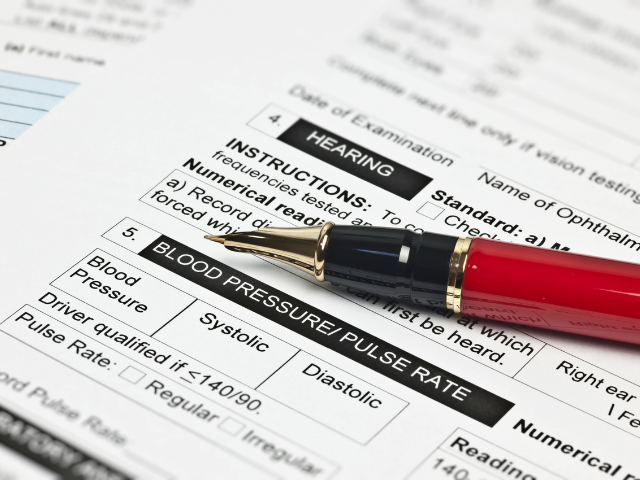Basics of an End of Shift Report
An end of shift report details a patient’s current medical status while under a nurse’s care. When a nurse finishes their shift, they take a few minutes to document the patient’s health status so the incoming nurse has current information in order to be successful on their shift. The report includes:
- Patient’s name
- Current medications and newly prescribed medications
- Allergies
- General medical history
- Pain levels, if any pain medication was given, and the patient’s response
What should be included in an end of shift report?
The policy and template used for end of shift reports will vary by facility and specialty; however, the following is a general guide for end of shift reports as a nurse:
- Employee details: This is important for record-keeping purposes and may include your name, employee number, and the department in which you work.
- Patient information: List details such as the patient’s name, room number, age, diagnosis, medical history, and medications they are taking. If they are taking several medications, list the medications that apply to the reason the facility is giving them.
- Assessment: Provide a complete assessment of a patient’s current physical status. Many nurses prefer the head-to-toe technique and list the conditions of the patient in a top-down order. If a patient was experiencing pain and you administered an ordered pain medication, make sure the incoming nurse is aware so they can reassess the patient’s pain level and give another dose of medication, if needed, at the appropriate time.
- Labs & diagnostics: It is helpful for the incoming nurse to know all lab and diagnostic tests that the patient has received while in your care.
- Changes to medication or care: Record any changes to a patient’s medication regimen or plan of care so the incoming nurse knows exactly what to give the patient while on duty.
- Unfilled orders to be continued on the next shift: List any pending lab or diagnostic tests that the incoming nurse is in charge of completing while the patient is in their care.
- Evaluation: Give your overall analysis of the patient’s current status. Include any abnormal occurrences the incoming nurse needs to be aware of. In long-term care, you can also note any new illnesses, symptoms of concern, or a transfer of a patient from the facility to emergency care.
Benefits of an End of Shift Report
End of shift reports are vital to nursing care because it helps the incoming nurse understand how to best care for current patients. The end of shift report allows the incoming nurse to quickly review a patient’s medical history, allergies, and best course of action to take in case of an emergent situation.
The report allows for a smooth transition from one nurse to the next, as well as:
- Provides extensive background information to increase the productivity of each incoming nurse’s shift.
- Saves time by providing pertinent information with the most up-to-date updates for each patient.
- Increases communication across the nursing staff.









